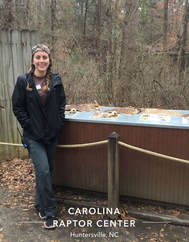 Today organizations, parks, businesses and universities joined in celebration of Charlotte’s Arts and Science Council (ASC) Connect with Culture Day, an annual event held to promote the intertwine of art, science and history throughout the Charlotte-Mecklenburg area. On this day, visitors and patrons get free admission to local experiences, such as salsa lessons, historic tours, and pop-up performances by Opera Carolina (1). It was on this day that I happened to be scheduled for a volunteer docent shift at the Carolina Raptor Center, which was also offering free admission to the public. According to a fellow volunteer, last year 950 patrons visited the Raptor Center, and we would expect no fewer than 1000 visitors this year. Excited to help share interesting facts and amazing messages of conservation, I took my place at the Owl Information Station. Here I spent my two-hour shift educating the public about owl anatomical structure and conservation tips, using wings and talons as talking-points. A few minutes into the first hour my boss approached me, asking if I could stay late for a “special project” she had for me. Assuring her that I would be able to stay later, she explained that there would be a raven painting taking place at one o’clock, and that I would be assisting in speaking to the audience while the raven painted. Ecstatic, I started running-through the corvid information I had learned just a few weeks earlier. Additionally, I was excited for the opportunity to see the raven paint, as I had yet to experience it yet. Ravens are members of the family Corvidae, which is composed of crows (this includes ravens, though there is a difference between the two species), jays and magpies, among other groups. It is thought that corvids originated in Australia and now populate every continent except Antarctica. Believed to be the smartest birds, the intelligence of corvids has been ranked by scientists as comparable to that of a gorilla or chimp. The birds are known to have developed great observation skills and foraging tactics. For example, if a corvid has a nut that is difficult to crack open, it will drop it at an intersection while the stoplight is red. After the cars have passed through a green light and the signal has again turned red, the corvid will return to retrieve the now-open nut. This method is just one example of the outstanding intelligence of corvids. Trainers at the Raptor Center have taught both a raven and a vulture to paint, but in different ways. With birds, a trainer can only enhance the actions that a bird would normally do in the wild. Pertaining to painting, the raven specifically has been taught to use a paint brush as a tool, in a similar way that it would in the wild. If a raven were to come across a colony of ants that lived in a log’s crevasse just beyond the raven’s reach, the bird could use a stick as a tool with which it would scoop ants from the log. In the same way, the raven takes the paintbrush in its mouth, makes a stroke on the canvas, and turns to its trainer for the positive reinforcement accompanied by a treat. In addition to teaching the raven to paint, trainers have also taught her to recycle, enhancing the raven’s natural tendency to cache food. In the wild, ravens will often store berries, nuts and other food items, hiding it from other predators and saving it for the winter season. Using their knowledge of this, trainers began teaching the raven to recycle items such as soda cans, cardboard and Styrofoam. This the raven learned in only two ten minute sessions. Thankful for the opportunity to educate during this spectacular performance, I shared aforementioned facts about ravens and the family Corvidae. The training of these birds and other animals is essential to promoting the message of conservation, demonstrating the unique ways in which each contribute to the ecosystem. The Carolina Raptor Center is an amazing organization, and I am thrilled to be a part of it.
1 Comment
On the first snow day of 2018 — and of the 2017/2018 school year — I decided to take advantage of the rare natural tranquility offered by this white paradise, heading out on my first “nature walk” of the semester (These "nature walks" are required for my Honors Ecological Citizen course). Water bottle and camera in hand, I embarked on my spontaneous quest about UNC Charlotte’s winter wonderland. Stepping outside of Levine Hall, I was surprised by the continuous downfall of snow, which eventually accumulated atop my head and shoulders. I first visited a place where I often retire to relax and enjoy nature with minimal interruption by other people. I thought about the potential of seeing wildlife tracks freshly imprinted in the snow. (I considered tracks to be a fair substitution for the actual wildlife, which I doubted I would see much of during the mid-morning.) Just past the greeting sign at the roundabout lies a rocky path that is a rewarding experience for those willing to venture down the scenic route, venturing through a wooded trail that snakes around a pond. Though the path was hidden by the four-inch snowfall, my familiarity with it allowed for easy navigation. Taking my time and snapping pictures at every notable point — which I found to occur more often than not — I slowly meandered through the rocky snow, absorbing my surroundings the best I could. It seemed that every tree and plant was dusted by the the powdery snow in layers, the likes of which I can compare only to an experience I had in a Montana spring’s snow. The sky and surroundings alike seemed to be in a neutral tone of colors — grays, white, brown, and greens all contributed to the hues that this dappled world provided. 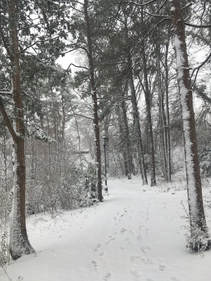 In the leftward picture, I couldn't help but let my mind wander to CS Lewis's The Chronicles of Narnia, specifically to the scene during which Lucy and Mr. Tumnus meet for the first time at the lamppost. I was particularly struck by another observation — the way that the usual boldness of the university’s red brick naturally seemed to fit the cool color scheme, enhancing the surrounding color as opposed to detracting from it. On a campus where the building’s bold color usually stands out beautifully, I was astounded by the way that the brick seemed to melt into the surrounding greens and whites. I especially enjoyed the complementing colors of the three pictures above. In the last, the green colors are hidden beneath the shadows of the snow, both of which intensify the red background against which the two colors are framed. The second I thought to be truly magnificent. A twisted trunk seems to welcome the rest of the tree’s intertwining branches that are perfectly covered in snow. Interlaced with ostensible intention, the beautiful branches captivated my gaze, and continue to do so through this picture; I let myself succumb to the seemingly infinite depth that is found amongst the frosted twigs, losing myself for a moment each time I look at it. While I could have easily spent hours in that little stretch of captivating forest, I also desired to visit the campus’s botanical gardens. I wanted to do so early whilst, at least I hoped, other students were taking advantage of the extra sleep offered by the cancellation of classes. Pressing on, I leisurely walked around the Robinson building, stopping to take pictures and mental observations wherever it deemed fit. Eventually, I arrived to the gate of the botanical garden, after, I must admit, slipping and falling in the slick snow. I have only ever walked down the notable “Gravel Path” at the garden, so I was eager to see the garden in all its wintery glory. I was on no schedule, and for a while I was alone, crossing paths with no-one else. Soaking in the sounds and the sights — the former of which was occasionally deformed by the screeching of tires as people did donuts in parking lots and drifted through soggy streets — I enjoyed the peace and stillness that the snow offered. I find snow to be elegant and, despite its physical temperature, warm and inviting in this context, almost as if weather imposes its own “emotion” onto the surrounding world. Concerning the “context” to which I refer, I am describing what I personally felt on that particular walk and on those I have experienced like it. The gentleness of the falling snowflakes, the quietness of the surrounding natural environment and the bareness of the brush all comprised the feeling of warmth and open-invitation that I felt from the outdoors as I ventured through the snow-topped trees and hills. This respect and admiration conveyed feelings that would be fairly nonexistent if I were lost on a mountain trail with whipping winds and blinding snow — it’s all about the context. The snow loses its majesty and glory, too, when it begins to melt into a slippery, slushy mess. Because of this day I had, this one day that I knew I could enjoy the steadily-falling snow at its peak, I took advantage of the rare gift and spent my day outdoors. My stroll through the still, hushed garden allowed me beautiful sights and scenes that told the story of a winter’s day: fresh imprints in the snow from songbirds, squirrels and unknown animals scattered throughout the trails, spiderwebs glistened with frozen decor, and large trees stood strong under the weight of snowed-down branches. As I ventured further, I was even allowed the opportunity to run across a handful of birds and a particularly friendly squirrel who was snacking on a large seed. All in all, the snow day allowed me to encounter nature in a way that heightened my focus and attention to the small details that collectively contributed to a larger, more wholesome experience. It is with this newly-sharpened lens that I hope to view my future encounters with nature. Hey, everyone! My name is Kerrington Maner, and I am diving into the wonderful world of blogging! I was inspired to begin blogging after I arrived to UNC Charlotte’s campus, at which I discovered the multitudes of personal interests that I have the opportunity to nurture. Since a young age I have had an ever-burning passion for wildlife that was catalyzed by Steve Irwin and his show The Crocodile Hunter. Long-term I plan to enter the world of wildlife conservation where I hope to research and develop better methods for human-wildlife interaction, particularly with intimidating predators such as crocodilians, sharks, big cats and bears. I want to help people understand that the animals they fear have a purpose and place in this world and its many ecosystems. Additionally, I want to work with animals, and become involved in conservation education for the general public in an effort to further the endeavors of wildlife appreciation and conservation. Through this platform one will be able to follow me on my journey! It is here that I will share my ideas, experiences and thoughts for whoever may be interested!
My blog will consist of various subjects and types of entries, ranging from my personal response to articles to doodles to my thoughts on various topics. My experiences as a student, a wildlife advocate and a volunteer can all be expected, as can various other topics (I’d rather not confine myself nor the audience to pre-described limits!). The unifying factor? Other than myself, the subject of biology will be an underlying theme, with central focuses on wildlife and conservation in addition to other ideas. One of my most forefront goals is to share my beliefs with others in hopes of providing another voice in a world that seems so deplete of that idea. As a Christian, I believe in Creation by the hand of God the Father. When I decided that I wanted to enter the biological world, I knew that my beliefs would prove to be one of the biggest challenges I would face in my journey. However, I decided early on that I would not let this drastic difference defeat me, but that, instead, I would adhere to Romans 12:2 (NIV): “Do not conform to the pattern of this world, but be transformed by the renewing of your mind. Then you will be able to test and approve what God’s will is—his good, pleasing and perfect will.” I truly believe that this passion for wildlife conservation was planted in my heart by God, and I am spending my time on this earth in pursuit of the plan He has for my life. I don’t pretend to be an expert Christian apologist. Heck, I’m still learning myself! I don’t have what some would consider “substantive” evidence for what I believe. Personally, however, I think that it takes just as much faith to believe in nothing as it does to believe in something. C.S. Lewis once wrote, “Christianity, if false, is of no importance, and if true, of infinite importance. The only thing it cannot be is moderately important.” I know that God is alive and living in me; it is because of this unwavering personal evidence that I will not be swayed. It is He who allows me the strength to persevere in trying times, and it is in Him that I will rest. One thing you may come to learn about me is the fact that I am fairly straightforward. I want to be as up-front and clear as I can be about what I believe and why. So I urge those of you with whom I differ not to take my bluntness personally -- we simply agree to disagree! But I do hope to be a source of encouragement for those who share similar beliefs in this science-driven world. I hope all of you enjoy the content that is soon to come! Kerrington |
1 Thess. 2:2"...but with the help of our God we dared to tell His gospel in the face of strong opposition." Categories
All
Archives
April 2023
|
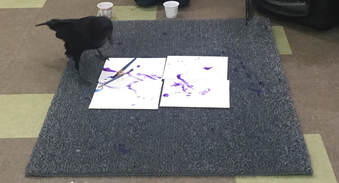
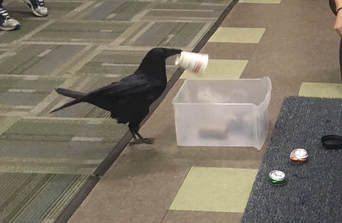
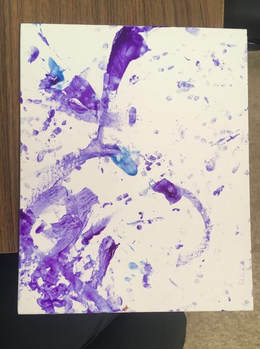
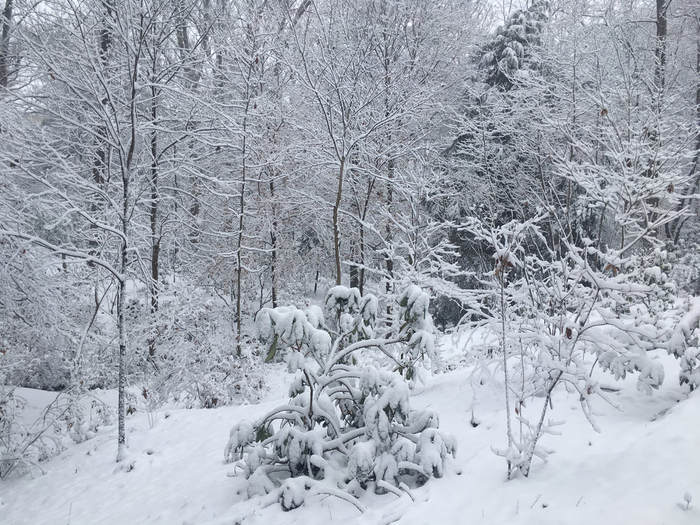
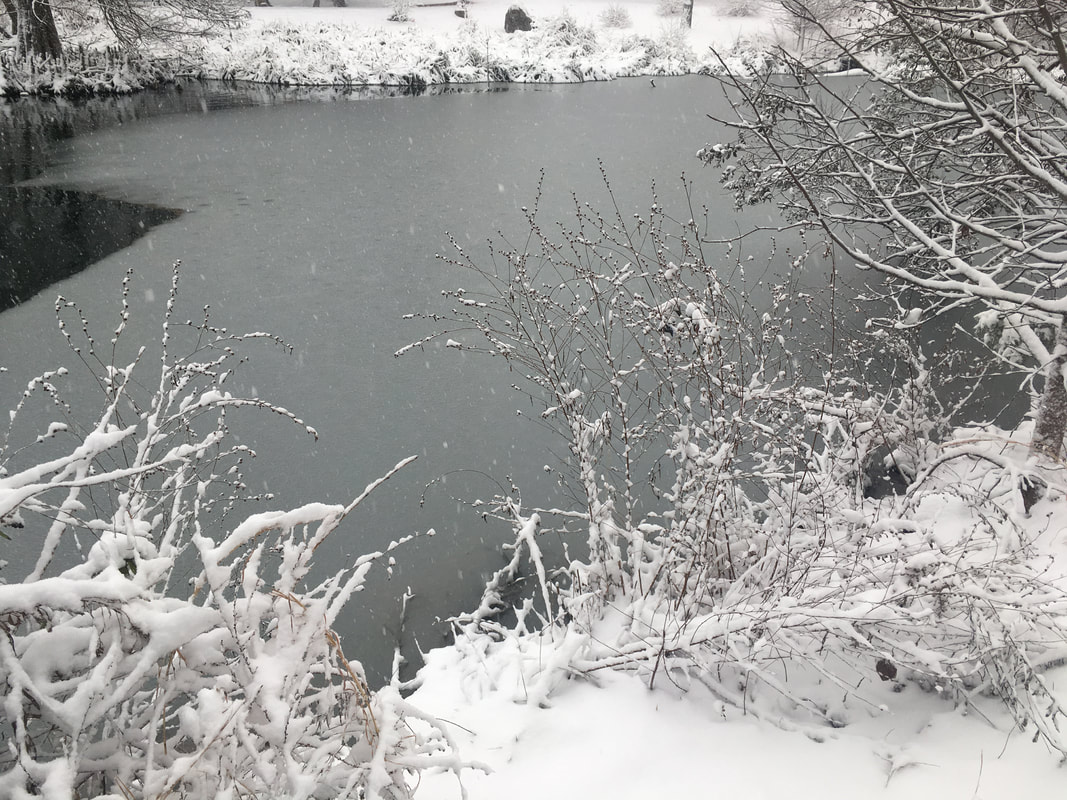
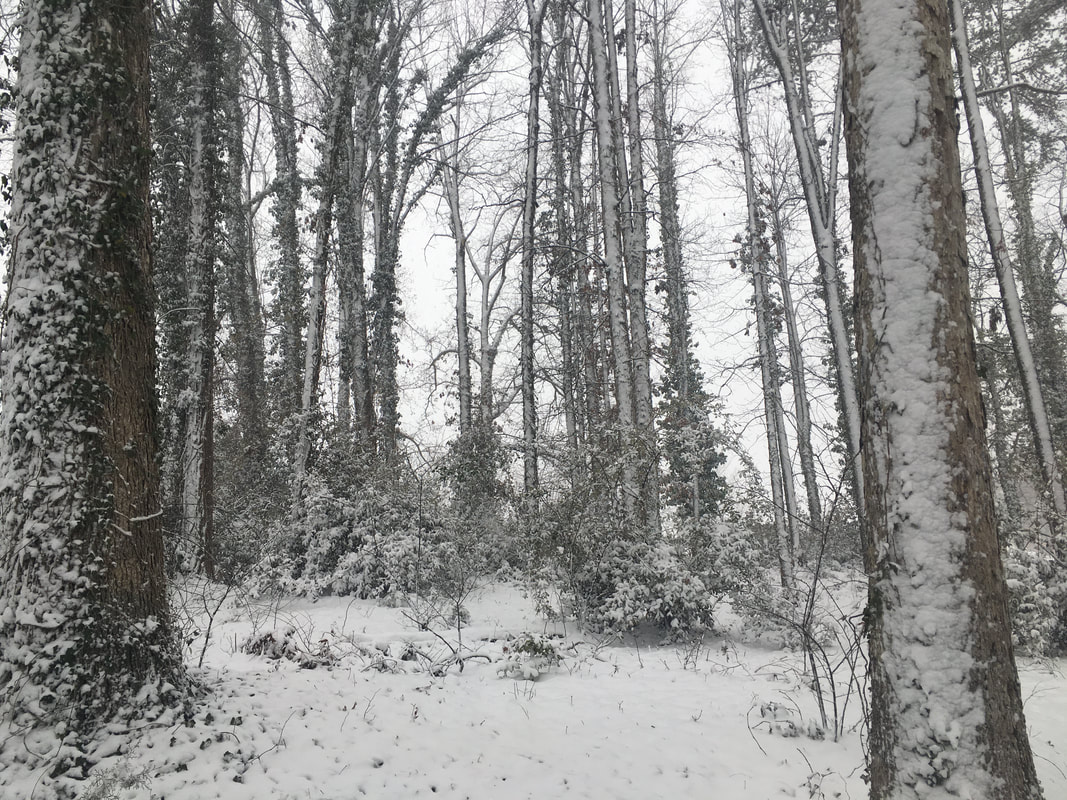
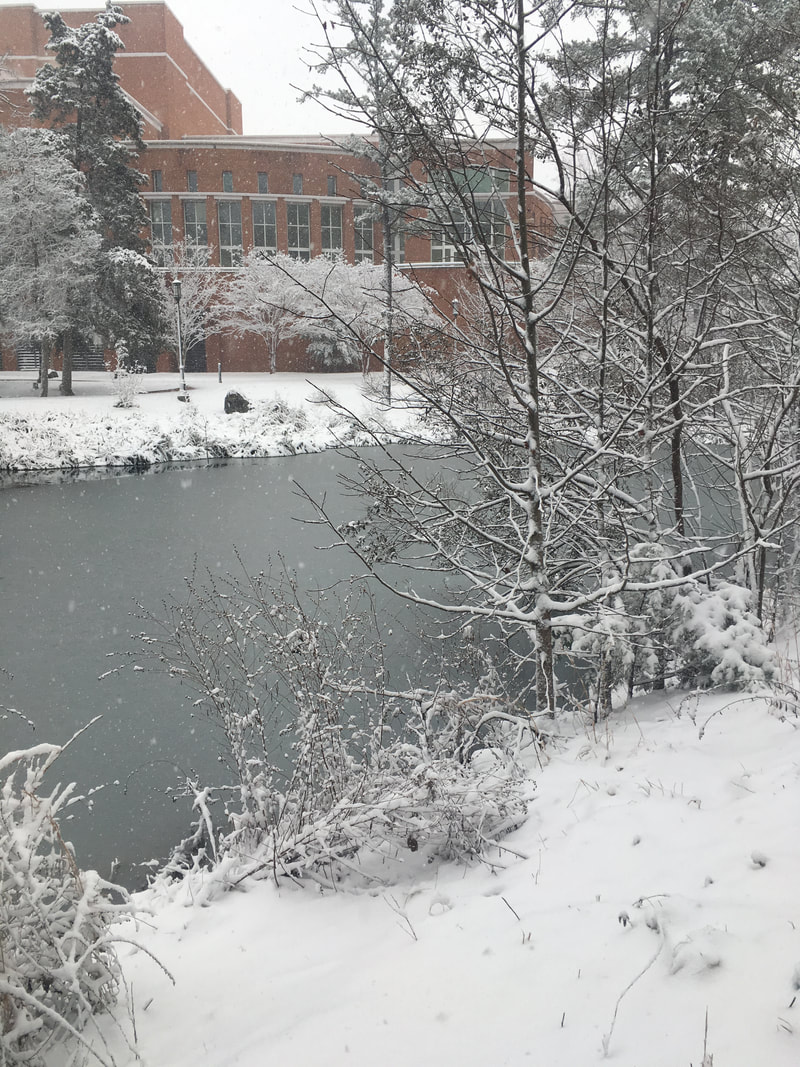
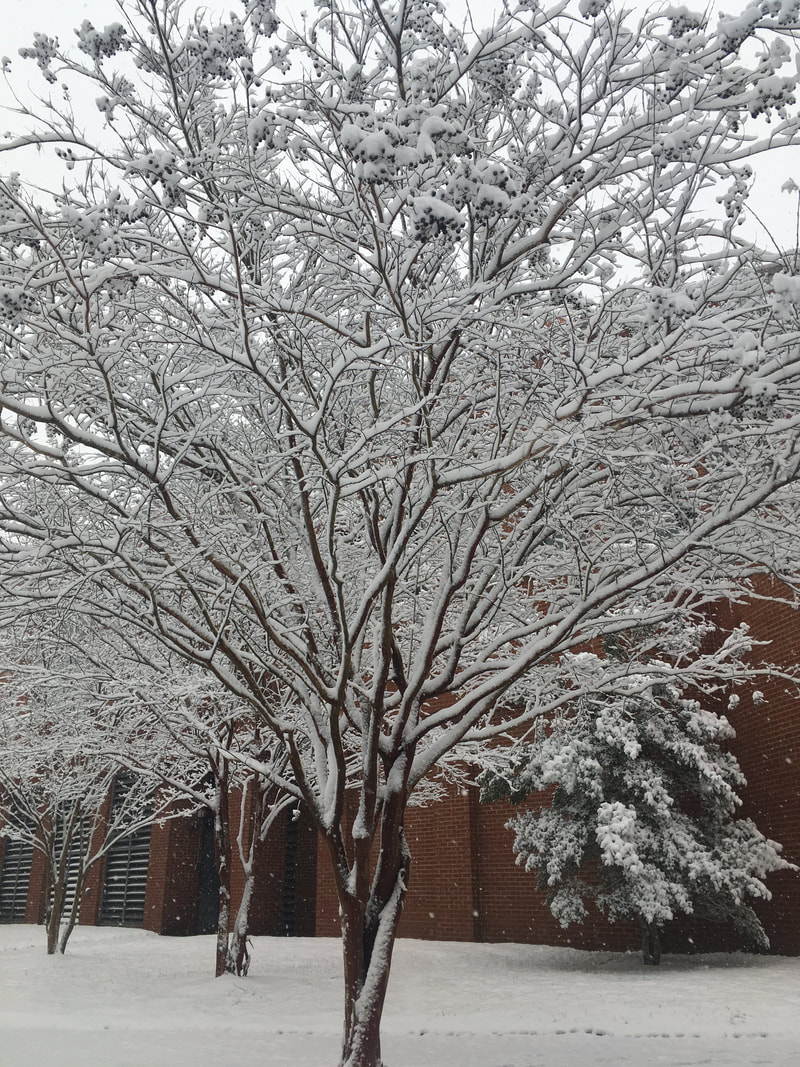
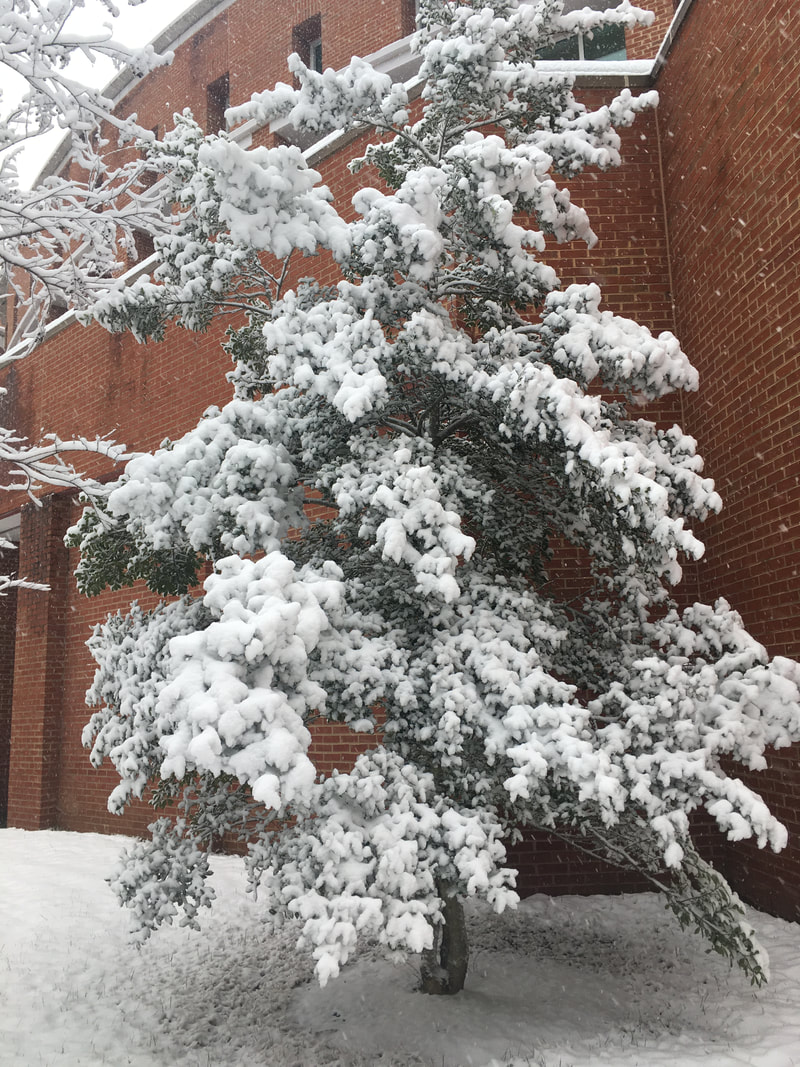
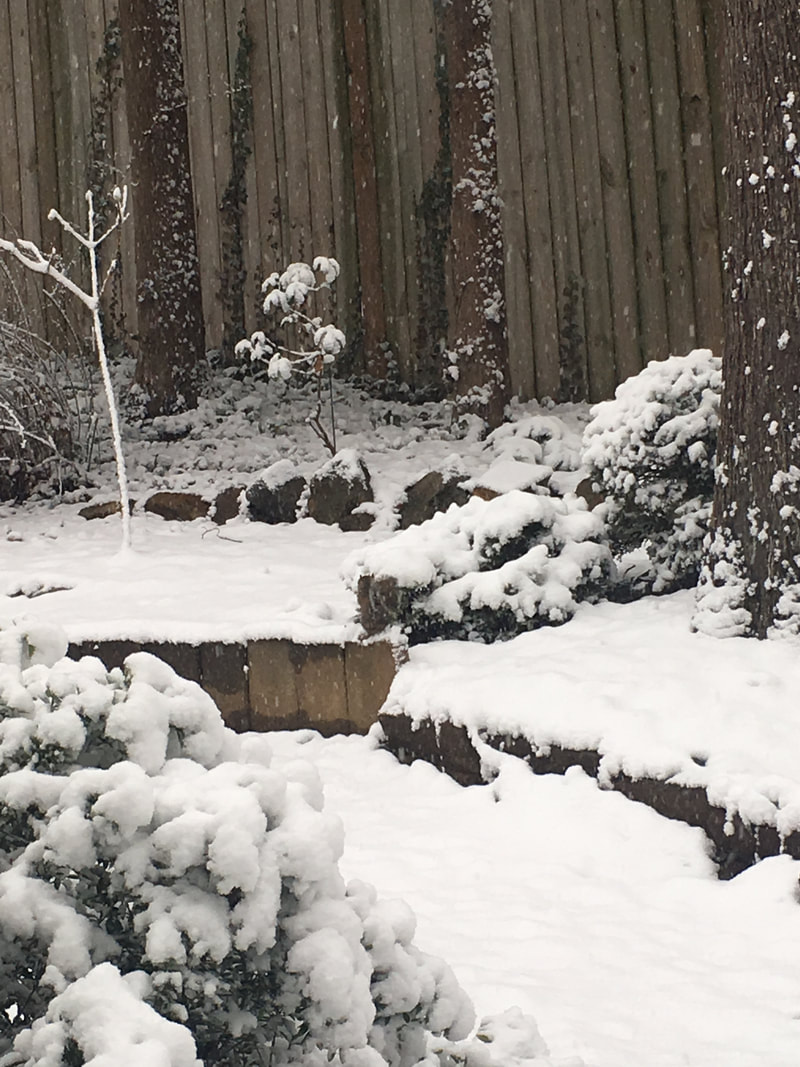
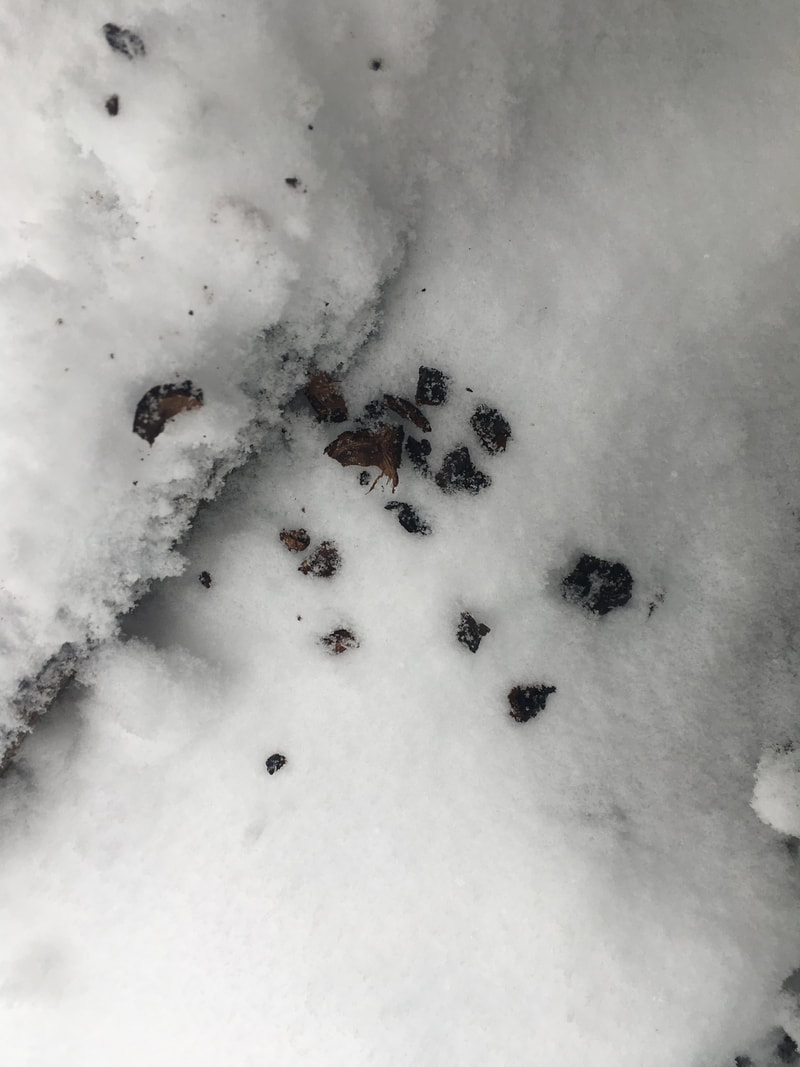

 RSS Feed
RSS Feed
